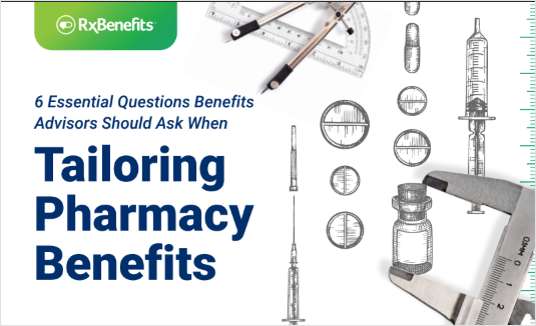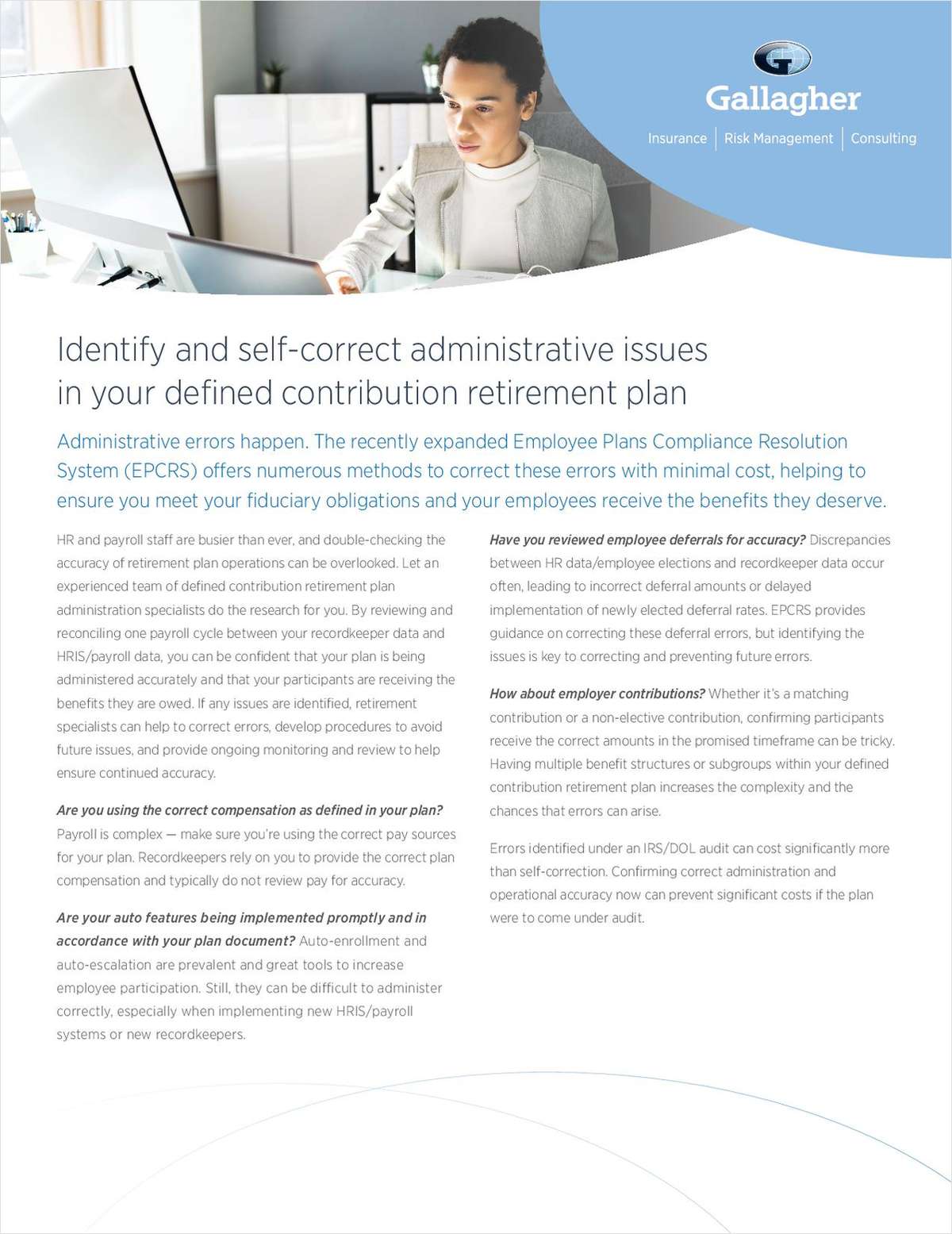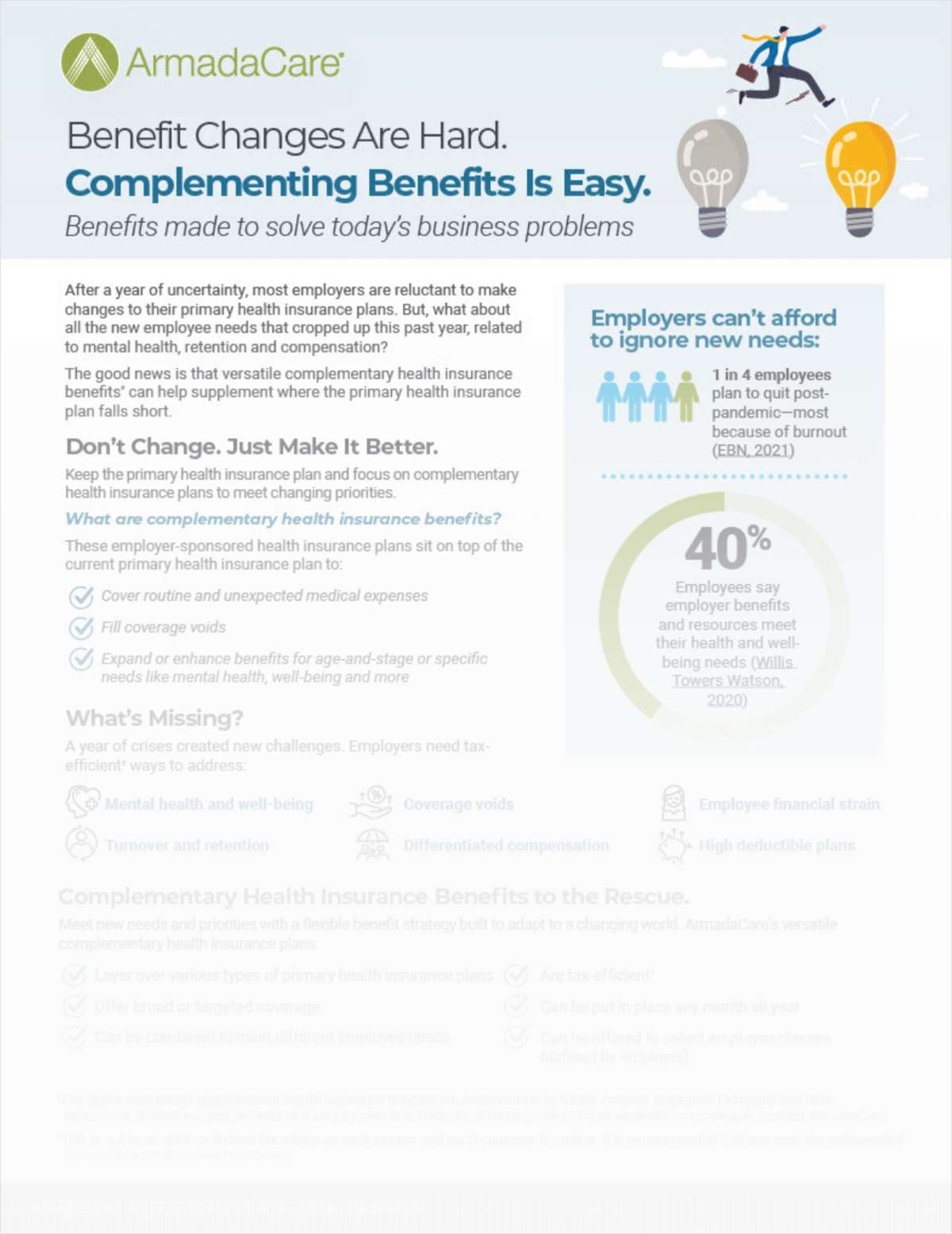Fewer people think a financial incentive would be useful for electing more effective treatment, according to the Employee Benefit Research Institute. The percentage fell from 61 percent in 2009 to 55 percent in 2010.
Still, research shows, young people, minorities and low-wage workers are still more likely to find financial incentives extremely or very useful..
There was no significant difference between women and men and no difference found in education level.
"There is a distinct difference between the attitudes of younger and older consumers as it relates to the impact of financial incentives to steer behavior," said Paul Fronstin, director of EBRI's Health Research and Education Program and author of the report. "And this study gives us the opportunity to track the trends of how each demographic is feeling about the usefulness of certain incentives offered to them."
The data is based on the EBRI/MGA 2010 Health Confidence Survey to examine whether health care consumers would be interested in, or might find useful, financial incentives that are aimed at changing an individual's health behavior.
Among the findings in the report:
- Demographics: Younger individuals were more likely than older ones to report that incentives to choose the most effective treatment would be extremely or very useful.Sixty-two percent of persons under age 45 reported that they would find incentives useful, compared with 52 percent of 45-64 year olds and 41 percent of individuals age 65 and older.
- Health Status: Among those who reported that their health status had gotten worse during the past five years, about 18 percent reported that they did not think that a lower cost-sharing incentive to choose more effective treatments would be useful. In contrast, about 9 percent of individuals whose health status had gotten better in the last five years did not think that a lower cost-sharing incentive to choose more effective treatments would be useful.
- Health Costs: Individuals who reported that they had not experienced an increase in either premiums or cost sharing were more likely than those who had to report that lower cost sharing would not be a useful incentive to choose a more effective treatment.
Similarly, those experiencing a cost increase were more likely than those who had not to report that they would be interested in lower cost sharing as it relates to using a limited network of high-quality providers.
Complete your profile to continue reading and get FREE access to BenefitsPRO, part of your ALM digital membership.
Your access to unlimited BenefitsPRO content isn’t changing.
Once you are an ALM digital member, you’ll receive:
- Breaking benefits news and analysis, on-site and via our newsletters and custom alerts
- Educational webcasts, white papers, and ebooks from industry thought leaders
- Critical converage of the property casualty insurance and financial advisory markets on our other ALM sites, PropertyCasualty360 and ThinkAdvisor
Already have an account? Sign In Now
© 2024 ALM Global, LLC, All Rights Reserved. Request academic re-use from www.copyright.com. All other uses, submit a request to [email protected]. For more information visit Asset & Logo Licensing.








